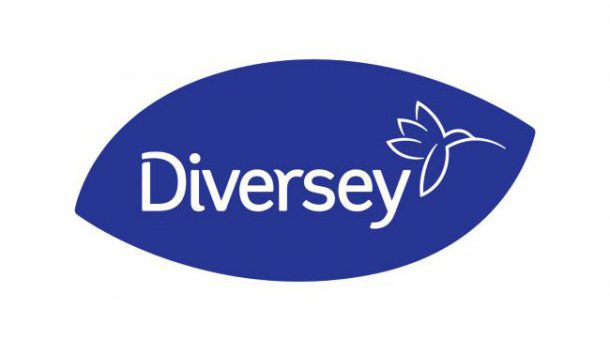
A recent study by Purdue University, funded by Diversey, demonstrates that both contact time and formulation have a significant impact on disinfectant efficacy against Candida auris (C. auris) when using disinfectant towelettes on hard, non-porous surfaces.
The study suggests that healthcare facilities wanting the best hygiene outcomes should use disinfectants with an EPA-approved label claim against C. auris and should ensure the surface is kept wet for the contact time listed on the label.
The peer-reviewed study was published in Scientific Reports. Prior to this research, little was known about disinfectant efficacy against C. auris when using disinfectant towelettes to wipe larger surfaces, such as would be found in healthcare facilities.
In March, the US Centers for Disease Control and Prevention (CDC) revealed that the C. auris fungus had spread at an alarming rate in US healthcare facilities between 2020 and 2021.
Comment below to have your say on this story.
If you have a news story or tip-off, get in touch at info@incleanmag.com.au
Sign up to INCLEAN’s newsletter.

